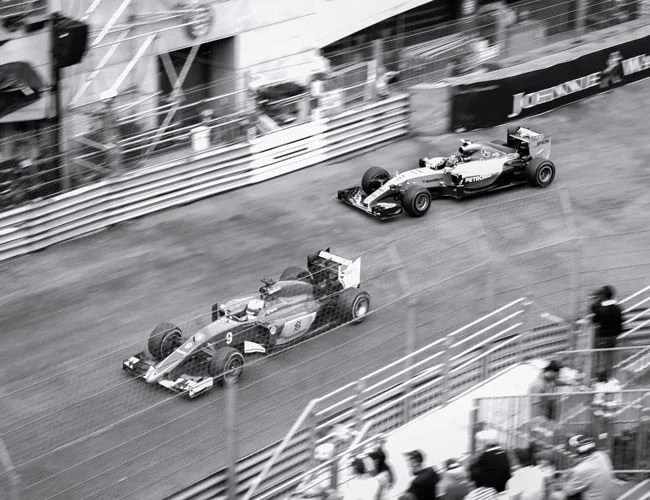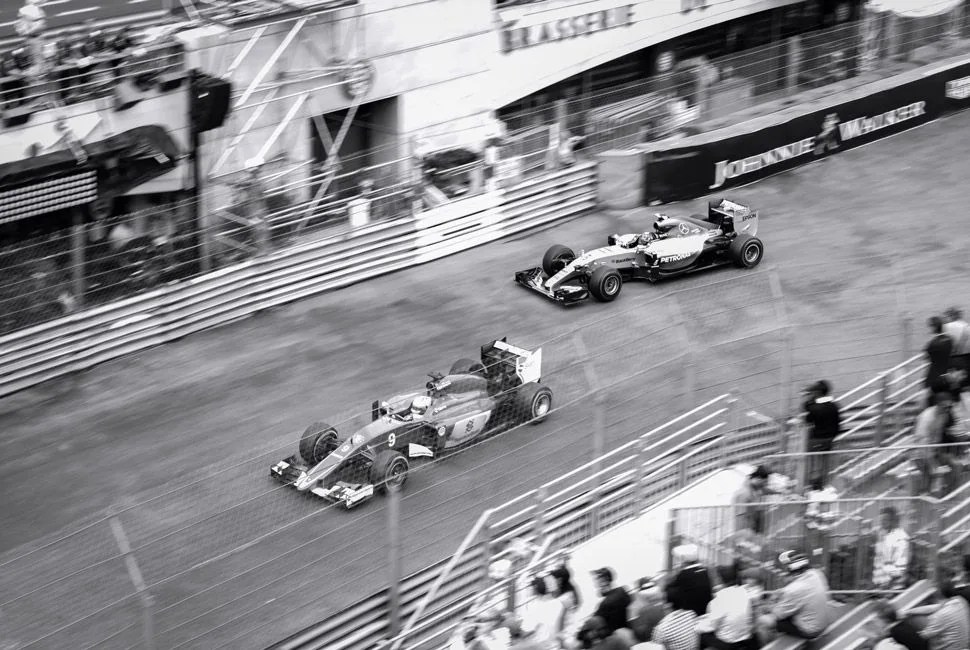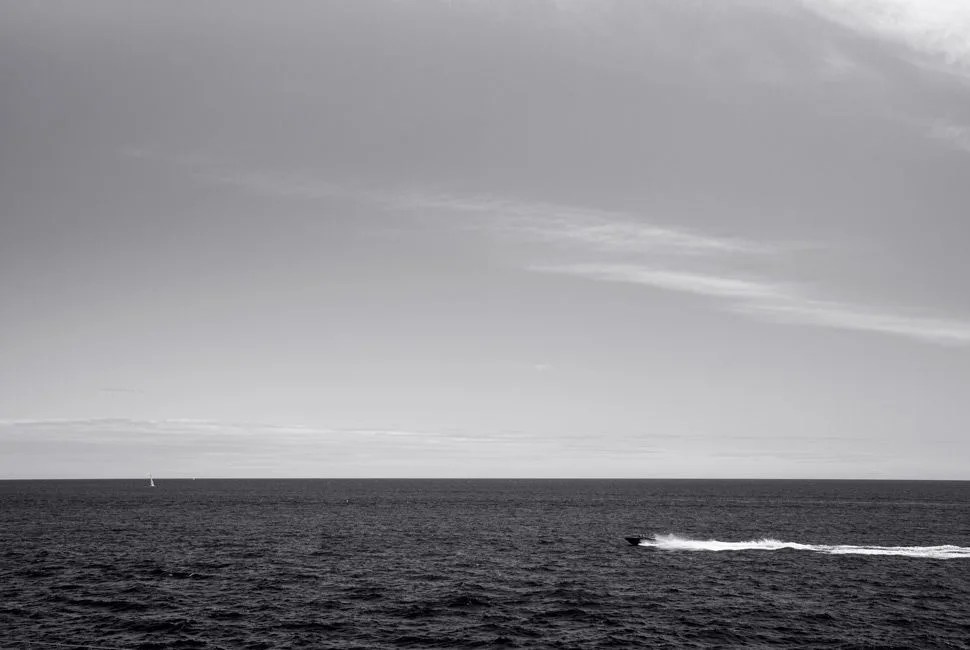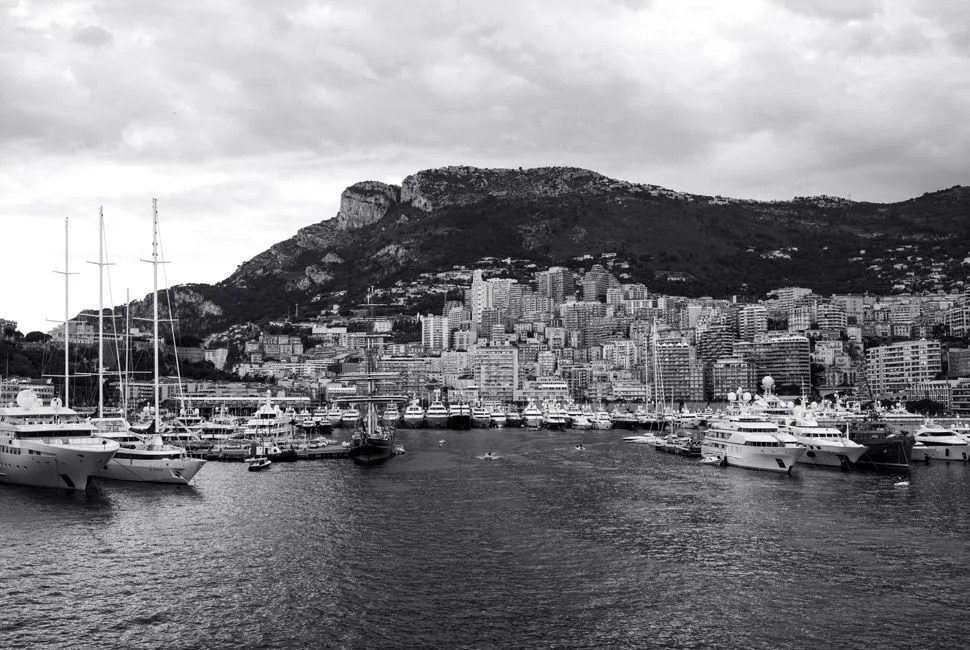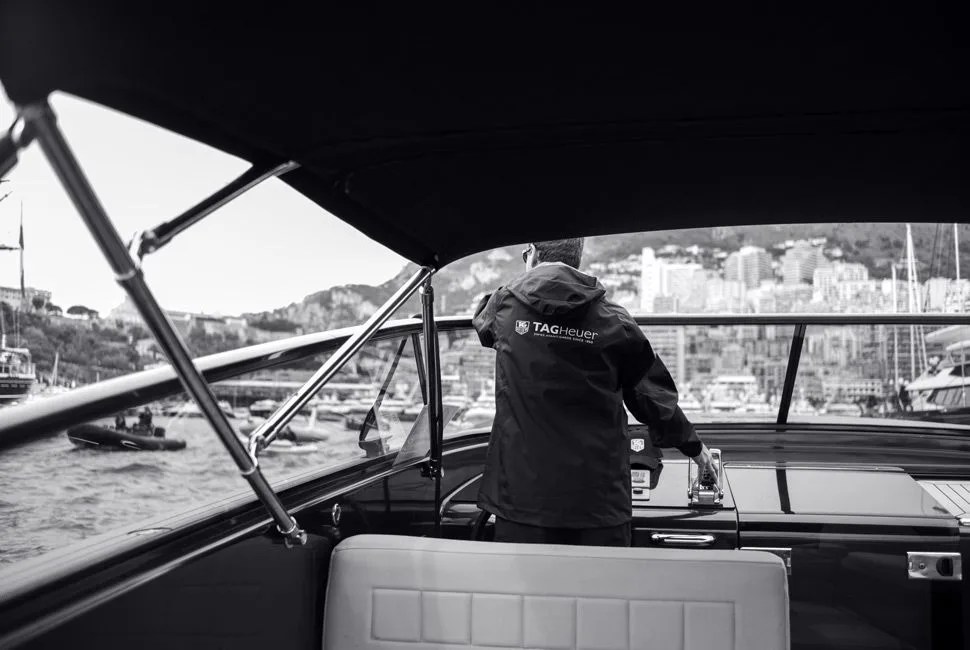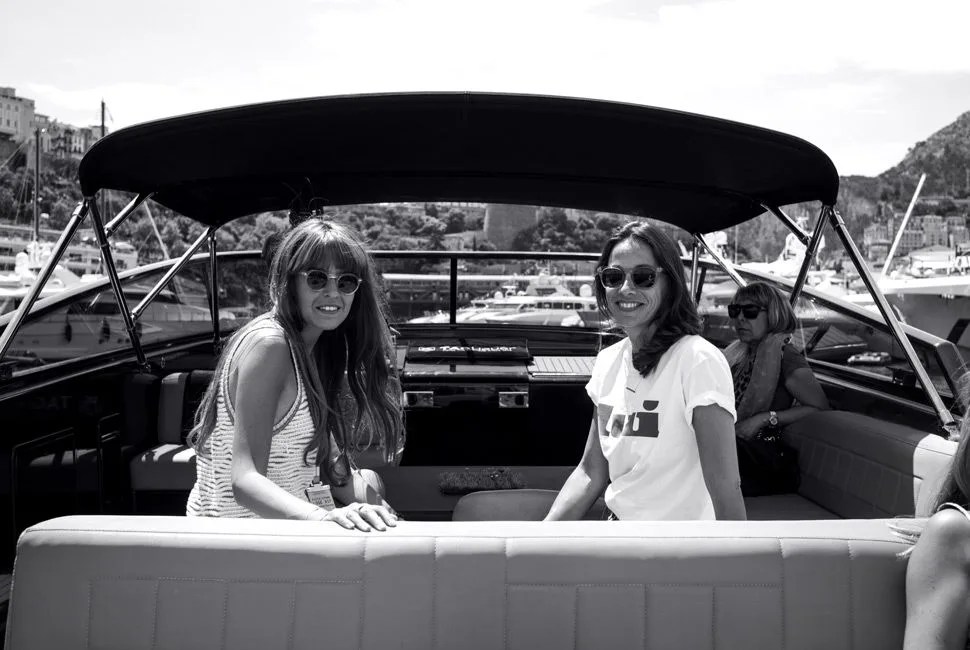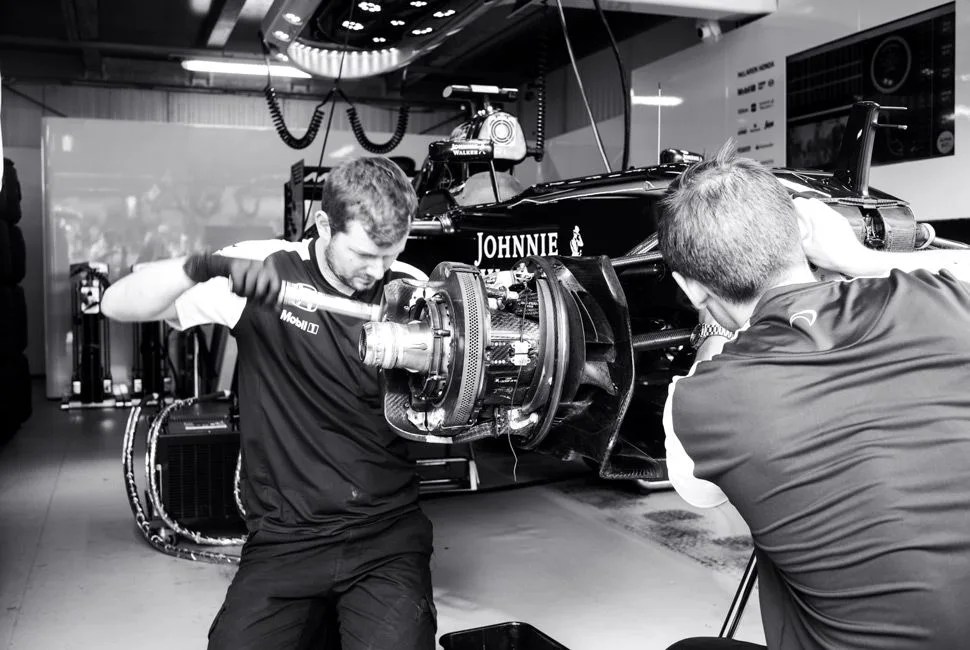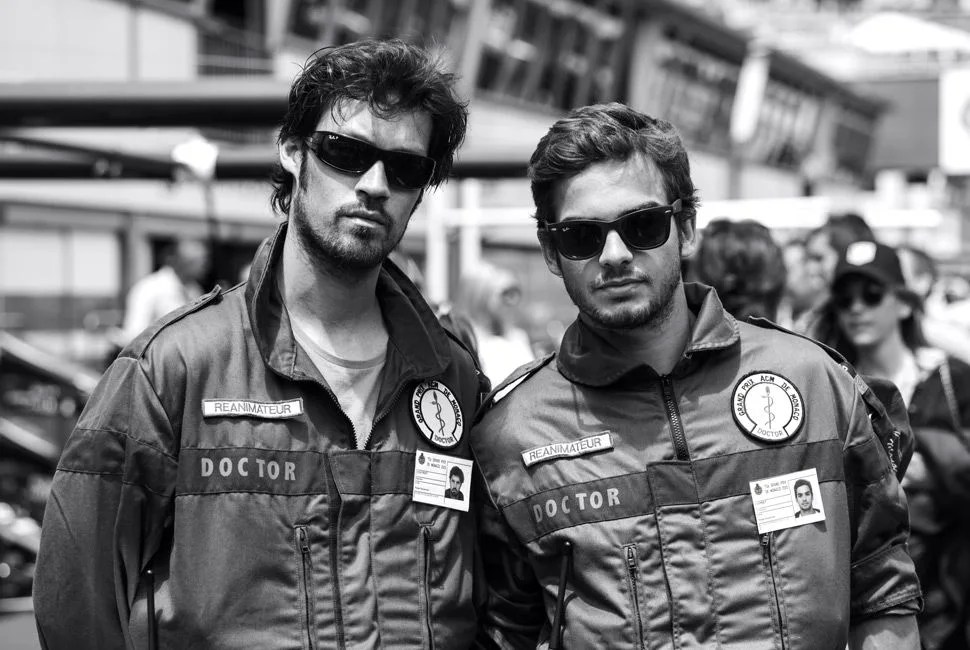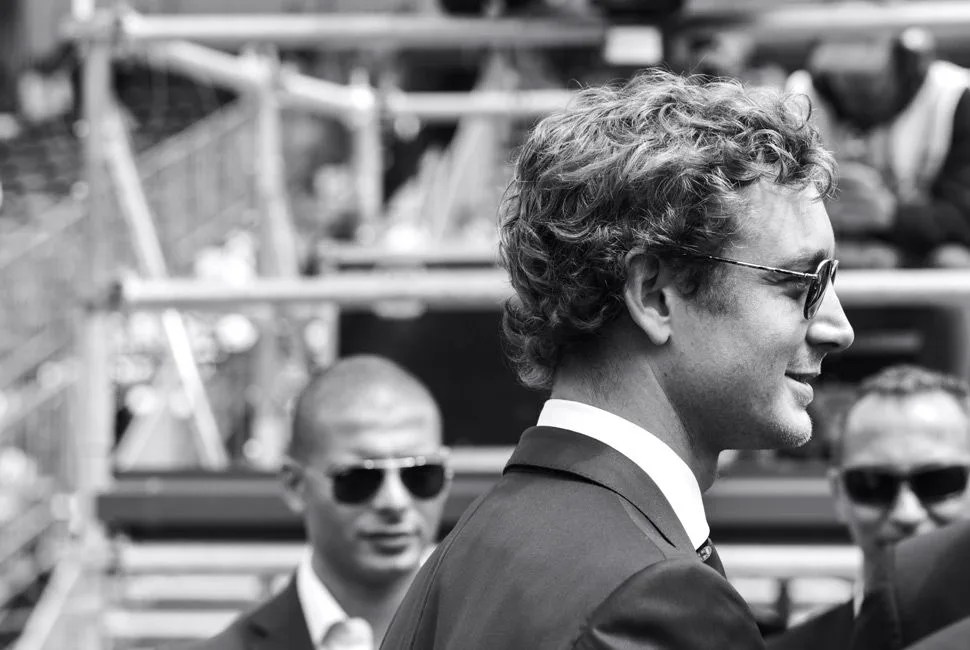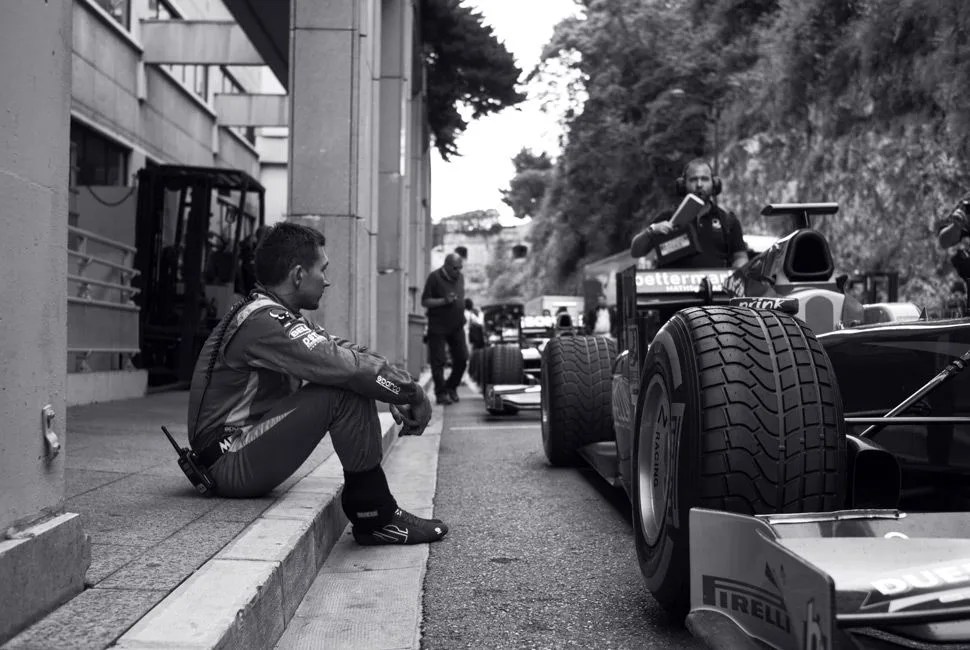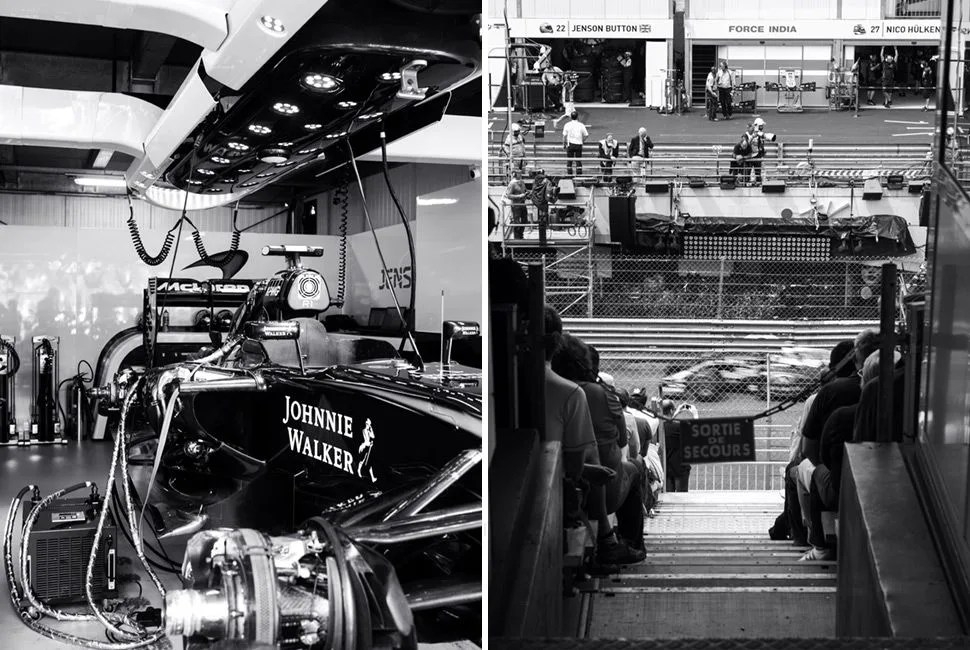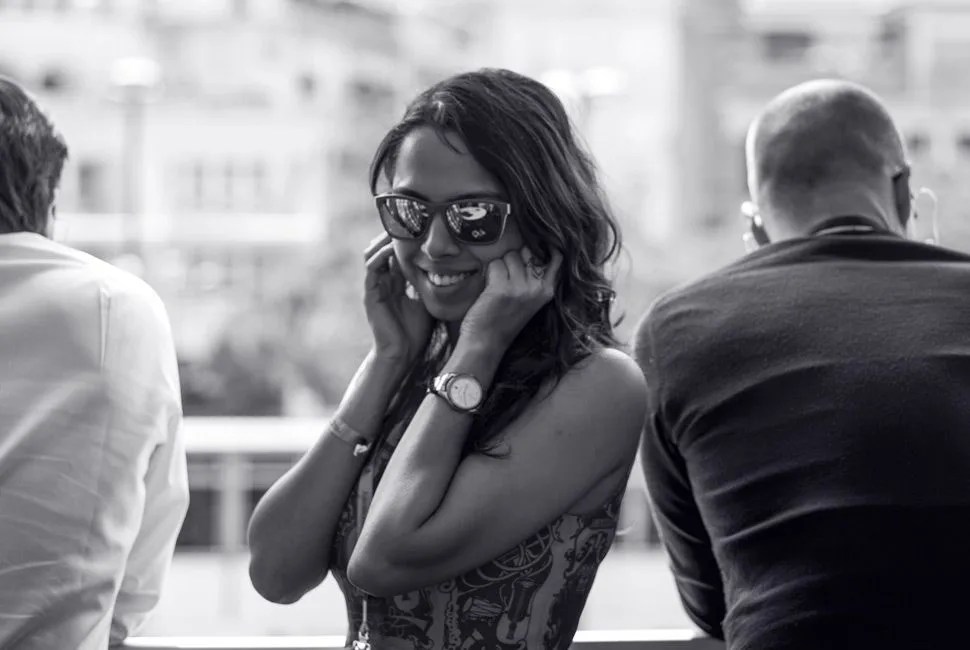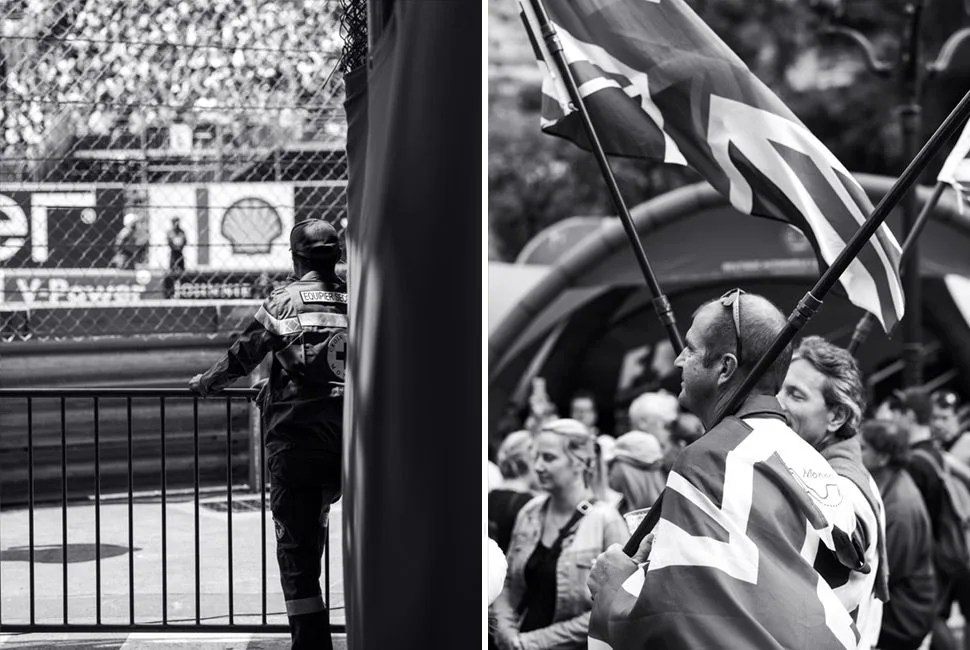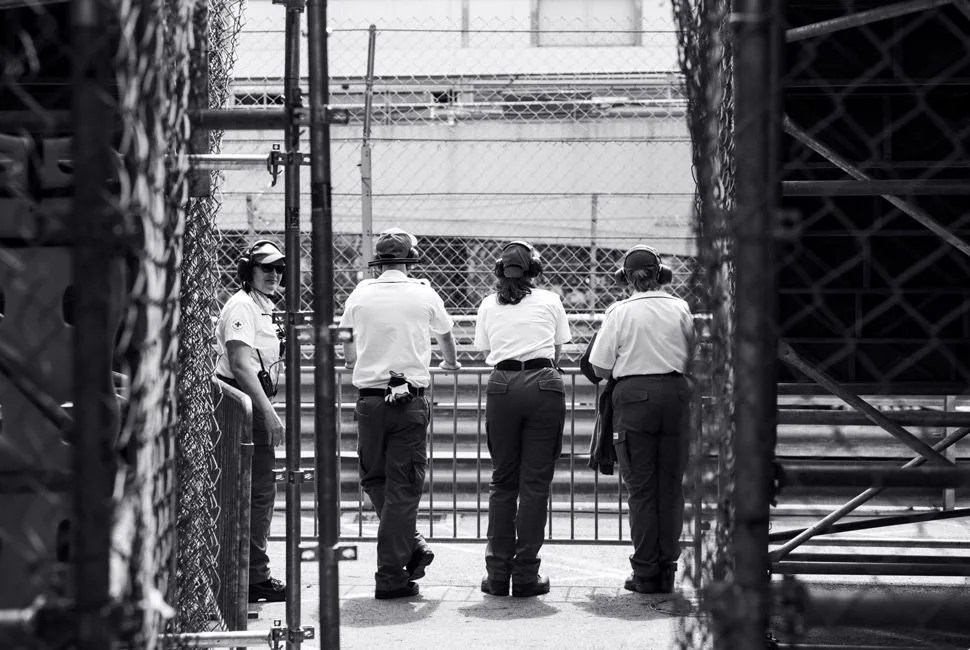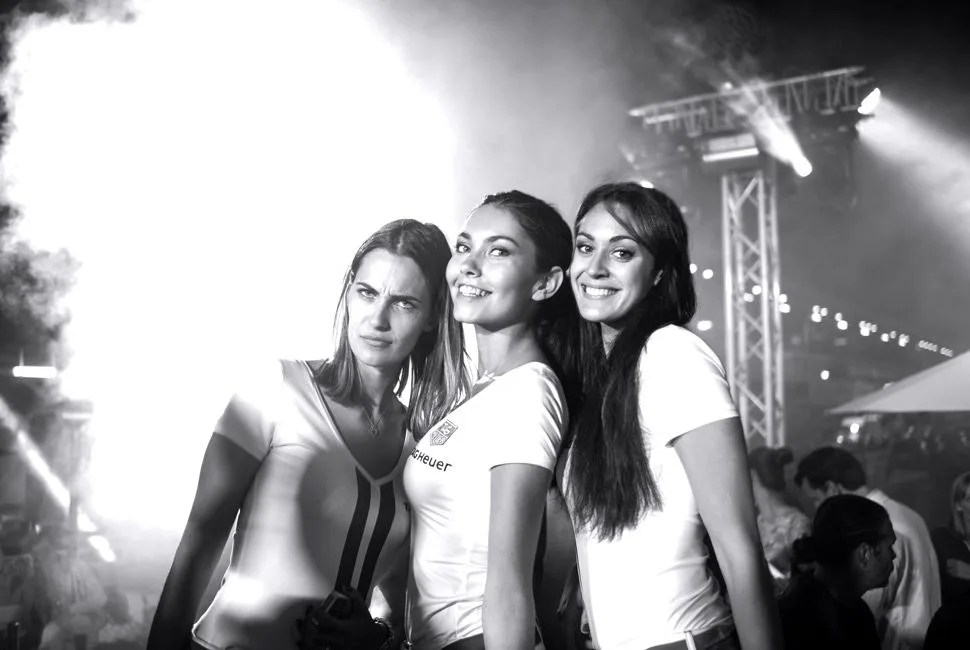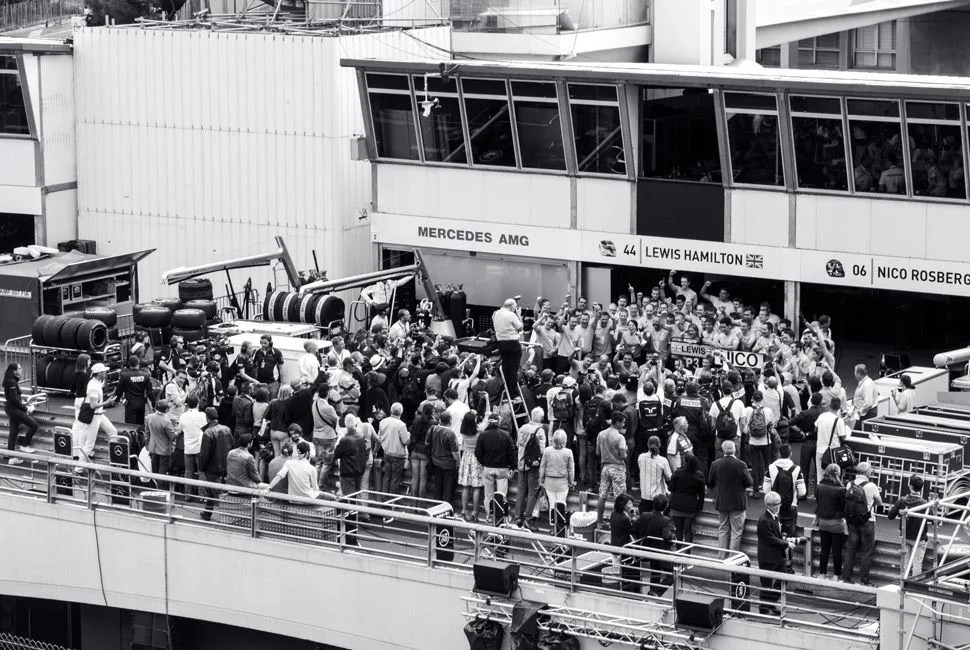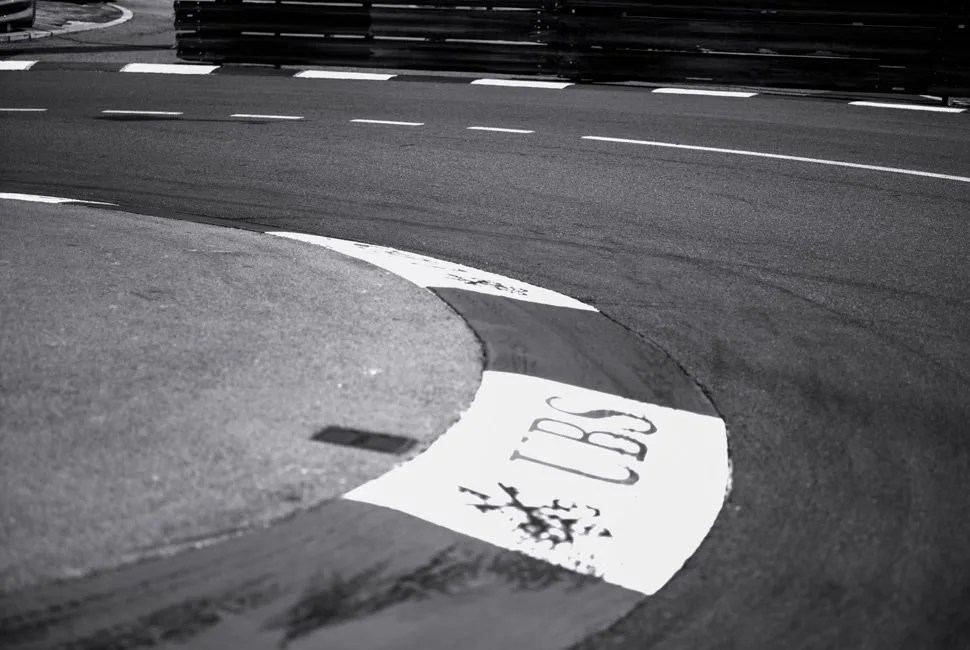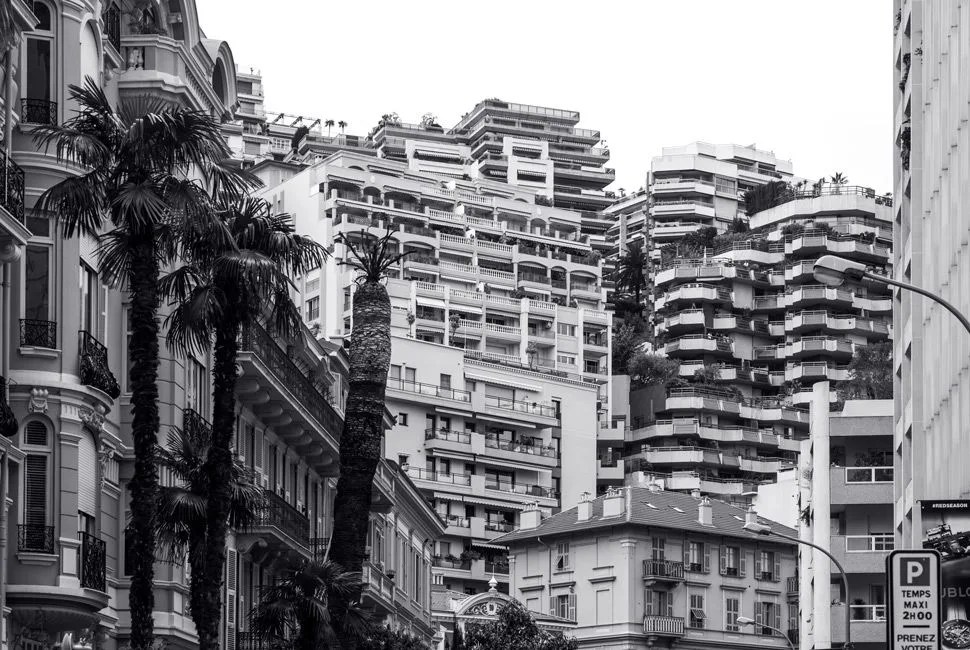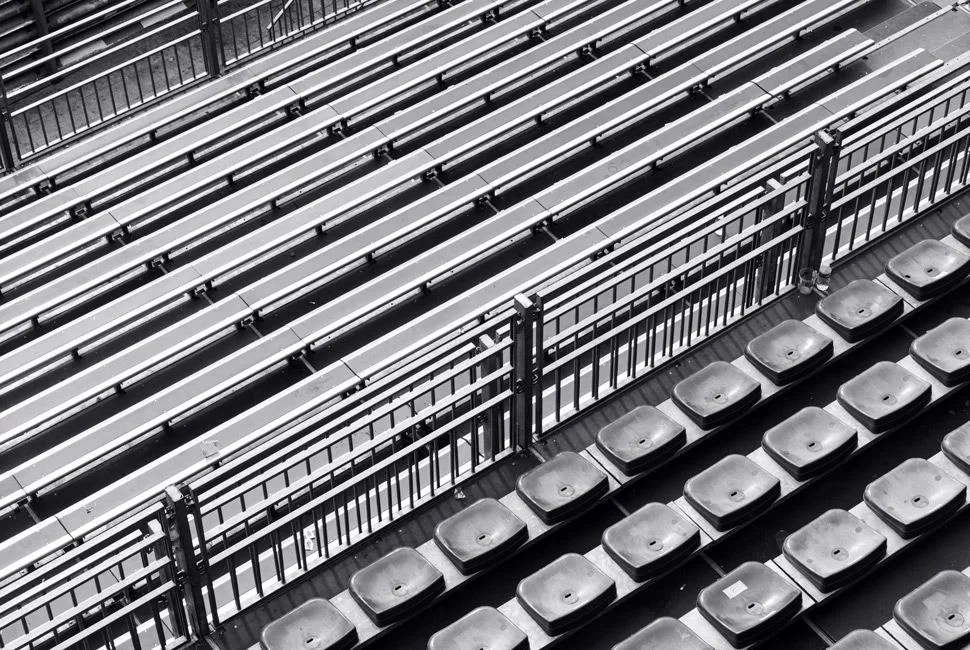30 photos
The motif of the Monaco Grand Prix is beauty. The people, yachts, celebrations, cars, racing: beautiful. Côte d’Azur: beautiful. The dissemination of this beauty happens by filling the world’s smallest and richest country with multi-million dollar yachts, models, celebrities, the fastest cars in the world, and then running the world’s best street race on it for a weekend. On Thursday, there’s free practice. Friday, a day of rest (rooted in an obscure tradition that involves a bank holiday and a stubborn farmer’s market). Saturday, qualifying. Sunday, race.
If the Formula 1 racing brings prestige to Monaco, it’s the moments and people in between that bring the race’s reputation as a playground for bourgeois (and aristocratic) revelry. There are moments of sunning on the Riva while transferring from the pits to the yacht. Or staring out from a perch on the Yacht Club of Monaco, champagne in hand, scanning the smattering of super-yachts too big to dock in the harbor. Night brings parties on the beach. And race day yields thousands of yards of stanchions and felt rope, corraling in the VIPs. Throughout it all, mechanics and safety personnel and doctors and maintenance workers make the whole grand spectacle churn. The Monaco Grand Prix is not the most dynamic race of the season (passing is near impossible, pole position almost always wins), it’s not the fastest (Monza is), and for spectators, it’s tough to see more than a small section of the track. But, it is the crown jewel of F1, and for racing fans and spectators, it is for a weekend in May, a place of unbridled beauty. – Matthew Ankeny
The Leica M Monochrom (Typ 246): The Camera to Capture Monaco
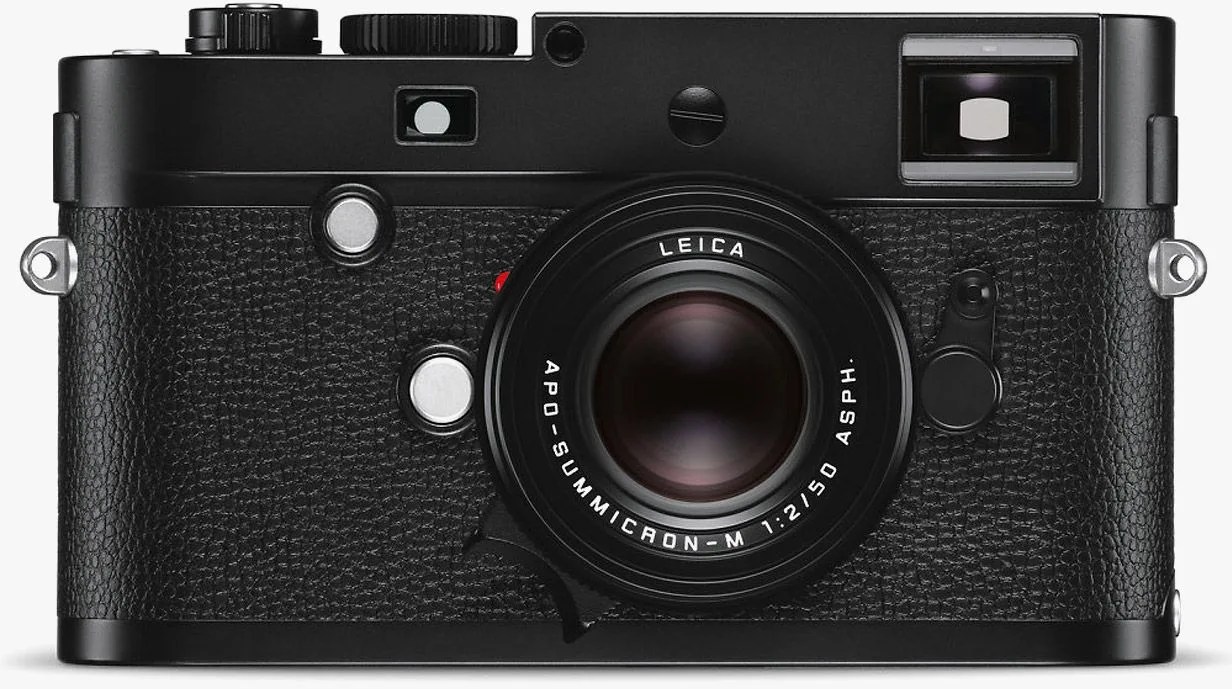
What better way to capture a legendary race than with a legendary camera? To capture our photo essay above, the good folks at Leica provided us with an early look at the recently announced Leica M Monochrom (Typ 246) Digital Rangefinder ($7,450). A camera unlike any you’ve used before, the M Monochrom is beautifully discreet and purpose built for black-and-white photography. It eschews the color filter array and optical low-pass filter, capturing photos using only luminance values — an overly complex way of explaining that there are fewer barriers for capturing black-and-white images. Incredibly sharp and full of depth and clarity, the 24-megapixel 35mm full-frame format sensor renders exceptional photographs that feel practically avant garde — proof of black-and-white photography’s endurance and Leica’s own interpretation. To make this all work, Leica has equipped the M Monochrom with their high-speed Leica Maestro processor and 2GB of buffer memory for continuous shooting (3 fps), along with a few Leica-specific features like a solid brass top deck and baseplate and a sapphire crystal LCD screen. Of course, the proof is always in the performance, so here is a full-resolution sample from our photo essay above. -Eric Yang
